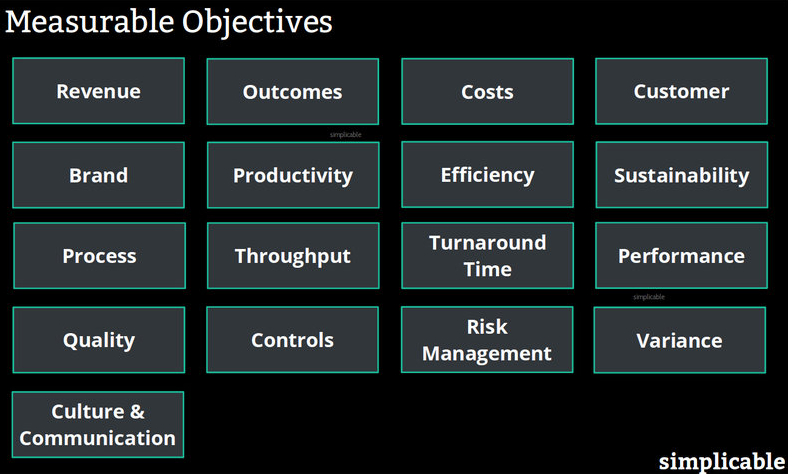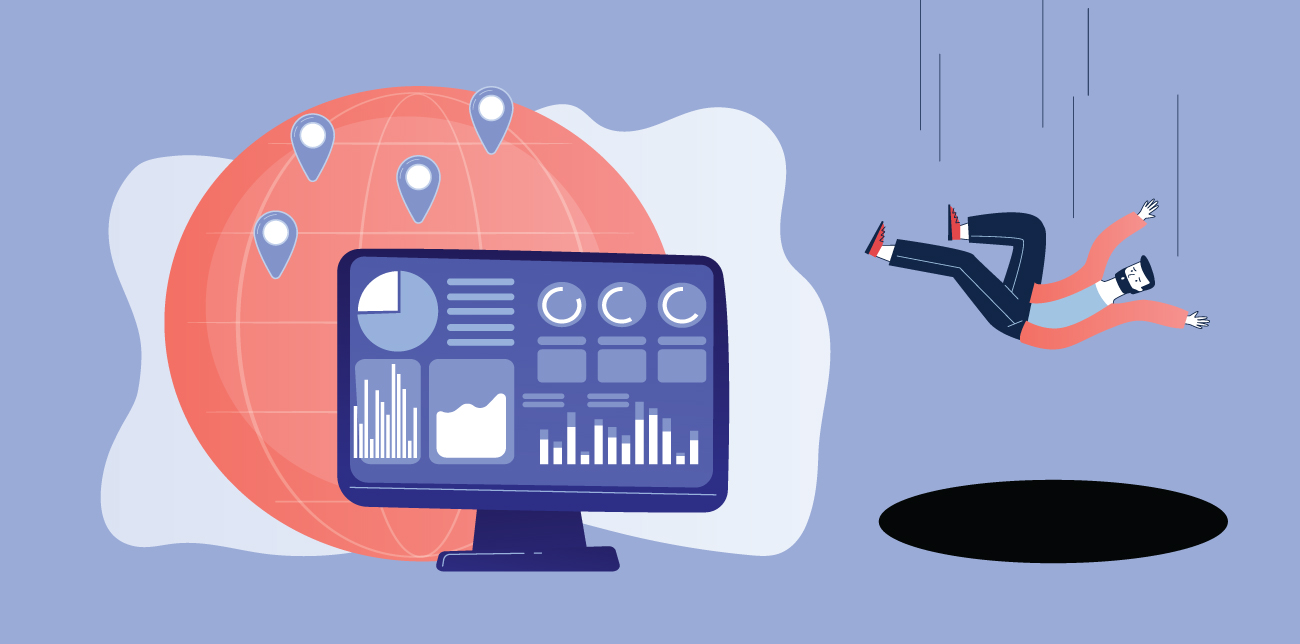In the Gen-AI era, a customer data platform (CDP) is a crucial asset for scaling retailers. CDPs empower retailers to analyze data from disparate sources, generating valuable insights that inform personalized marketing campaigns. This allows retailers to target the right customer with the right message on their preferred channel. According to McKinsey & Company, personalization achieved through CDP utilization can lead to an average revenue increase of 10%. However, implementing a CDP comes with potential challenges. Businesses must be mindful of the costs associated with incorrect data analysis, as Gartner estimates this can cost an average of $12.9 million per year. By understanding these common pitfalls, retailers can proactively mitigate them and maximize the return on investment (ROI) of their customer data platform.
Top 5 key findings
Understanding the main CDP pitfalls for eCommerce retailers is essential because it allows businesses to avoid them and get the best results from their CDP. These main issues are critical to remember:
- Retailers should collect only the most critical data to guide their business goals effectively.
- A consistent data collection and management strategy will help improve data quality and make the CDP more effective.
- Starting with clear goals and objectives will generate the best results.
- Monitoring key performance indicators and outcomes keeps retailers on track to meet their business goals.
- Each department should have access to the CDP data to reduce duplicate information and provide a complete view of each customer.
1. Collecting excessive or irrelevant data

A CDP for eCommerce can analyze a lot of data fast, but the insights are only as good as its data sources. Retailers may have the temptation to enter data from every single source they have, but they could end up with excessive or irrelevant data that doesn’t make sense when put together.
E-commerce retailers should list their goals and priorities before selecting and implementing a CDP. With a clear picture of the customer insights they’re interested in and how they plan on using the information, retailers can analyze the correct data.
Instead of a broad goal, such as creating a 360-degree customer view, retailers should precisely decide what they plan on doing with the customer profiles they generate. For example, a retailer may use their CDP to hone their eCommerce marketing efforts on the most successful channels for brand awareness. With this goal in mind, they can start collecting the most relevant data.
2. Inadequate data quality

A CDP can’t build accurate customer profiles without high-quality data. If a retailer is inputting data from unreliable sources, it could throw off the results. For example, if a retailer relies on an industry report stating that 80% of its target customers are interested in brands on TikTok, he might launch a targeted campaign on the platform. However, if the report was inaccurate, then the retailer wasted their time and marketing dollars on an ineffective channel.
Retailers can avoid this pitfall by following data hygiene protocols. That way, if they’re feeding data from multiple sources into their CDP, it will be more accurate and up-to-date. Some customer data platforms for eCommerce can analyze data from multiple sources and automatically remove duplicates, which also leads to higher-quality customer profiles. With the right data hygiene standards, a retailer knows that all of its CDP data is consistent and reliable.
3. Lack of clear clustering and segmentation strategies
Defining their CDP goals upfront will help retailers come up with clear clustering and segmentation strategies. If they don’t know how they want to divide their audience, they could end up targeting potential customers or loyal customers with the wrong messages. ML-powered and human-defined groupings complement each other, so using both tactics is crucial for optimal results.
Clustering employs machine learning (ML) algorithms to discern similarities within customer data. In essence, these algorithms scrutinize customer data, identifying resemblances that may elude human observation, and categorize customers into clusters based on discernible behavior patterns. Notably, clustering operates without predetermined biases, diligently examining data for shared characteristics. When a marketer opts for specific criteria to extract particular groups from extensive data sets, this process is termed segmentation. In simpler terms, segmentation involves scrutinizing customer data to isolate specific criteria for targeting a particular group.
While clustering provides informative insights, segmentation empowers marketers by enabling deliberate targeting of specific groups for personalized messaging. The successful integration of clustering and segmentation into marketing strategies hinges on effective data organization, an area where a customer data platform can prove immensely beneficial.
4. Poor data activation and integration
For a CDP to be useful for eCommerce, it needs multiple sources of data. However, if a retailer doesn’t take the time to properly integrate the data, the CDP may not offer high-quality information. CDPs can predict behavioral patterns and inventory trends that allow eCommerce retailers to better meet customers’ needs.
To get the best results, a retailer needs to convert data from multiple sources into a standard format and store it in one location so the CDP can access it. This is known as data integration. Data activation comes into play when retailers use the data to guide their decision-making.
If retailers aren’t properly integrating their data, they may not see value in the data they’re getting from their CDP. Without useful insights, they may fail to act on this information. Once the retailer has standardized and integrated its data, it will be able to leverage the information in a useful way.
5. Neglecting customer privacy and consent
Customer data privacy has been a concern for many years, and privacy regulations continue picking up steam. In 2023, multiple states joined California in enacting data privacy laws. Retailers that don’t follow these laws risk being penalized with fines. They also risk eroding their reputation if their customers find out.
CDPs are a great way to personalize marketing efforts without relying on third-party tracking cookies. They can integrate first-party data from email lists, loyalty programs, social media, and other sources to create detailed customer profiles that guide their marketing automation and targeting. However, retailers need to make sure they ask for permission from customers to be on these lists and offer a clear way to opt-out.
Retailers should also include a section on their website that discloses how they plan on using their customer data. Using a CDP also gives retailers data privacy safeguards. They can limit access to the data and create customer profiles with less data. By reassuring customers that they aren’t using their data maliciously, retailers can build trust and offer better personalization.

6. Lack of scalability

Is your Customer Data Platform (CDP) equipped to align with your organizational objectives as they evolve? Some CDPs are specifically designed to accommodate smaller datasets, and as your company expands or integrates additional applications, you may encounter a decline in processing speed. The lack of scalability for a CDP refers to its inability to efficiently grow and adapt in tandem with the increasing demands and size of an organization’s data and operational requirements.
In essence, a CDP that lacks scalability may encounter limitations when handling larger datasets, incorporating additional data sources, or supporting heightened processing needs. In instances where the CDP struggles to manage the growing volume of customer data for storage and processing, your organization’s IT team might need to incorporate supplementary or redundant storage and processing solutions.
Scalability is crucial for maximizing the value of customer data and maintaining a competitive edge in the rapidly evolving landscape of data-driven marketing and customer engagement. While this may not initially seem problematic, it entails time-consuming customizations. This could result in missed opportunities due to the inability to analyze the entire dataset comprehensively or in near real-time.
7. Lack of measurable outcomes

A CDP is a great tool for eCommerce brands to engage customers and differentiate themselves from the competition. However, retailers can’t perfect their CDP strategy without knowing how it’s working. When outlining their goals for their CDP, retailers should set up a list of key performance indicators they can use to measure success.
Common eCommerce KPIs include:
- Year-over-year revenue growth
- Marketing channel ROI
- Loyalty program engagement and growth
- Customer retention
- Email list growth
- Return on ad spend
Retailers should revisit their goals once a quarter to measure their progress and correct their course if needed. By regularly monitoring KPIs, they can determine whether they’re effectively using the data. If they find out that they aren’t getting the results they want, they can revisit their data collection strategies or refine their personalization and marketing strategies to better target customers.
8. Siloed approach

A data silo refers to the practice of different departments collecting data and not giving other departments access. Large retail organizations often employ multiple departments whose goal is to improve the customer experience. These include:
- Store design
- Logistics
- Inventory fulfillment
- Customer service
- Payment processing
- Returns
- Marketing
If each of these departments is collecting customer data in a bubble, the organization risks entering redundant data into its CDP. What’s worse is that collecting data in silos leads to an incomplete view of customers. For example, if the marketing department doesn’t have information about customer service and returns, they may not have the full story of a customer’s journey with the company.
Eliminating data silos allows each department to collaborate effectively. It also helps retailers deliver more effective customer service. Being able to see the entire customer history allows each department to work together to deliver an exceptional experience.
4 reasons why choosing a powerful CDP solution will protect you from these dangers & risks
- Prioritizes data quality: A powerful CDP solution has built-in checks and routines to ensure the accuracy of your data, preventing costly mistakes caused by misinformation.
- Seamless integration: It works smoothly with your existing technology stack, reducing data silos and improving operational efficiency.
- User-friendly interface and analytics: Its intuitive design allows different teams to access and understand data without needing specialized technical expertise.
- Self-service capabilities: This reduces the likelihood of errors due to misinterpretation and delays caused by bottlenecks.
You can read our detailed guide for choosing a top retail Customer Data Platform here
ContactPigeon’s CDP
ContactPigeon offers a CDP solution that was made for eCommerce. We’ve helped multiple retailers develop personalized omnichannel marketing strategies that generate results. Our CDP integrates with multiple data sources, including client relationship management software, social media, email marketing databases, and more.
We offer real-time data processing and advanced analytics that can generate a single customer profile from multiple sources of data. Our customers have access to live web analytics as well as dashboards with actionable insights. Schedule a demo to learn more.

Let’s Help You Scale Up




![Benchmarking Growth Strategies of Top Fashion Retailers [Study]](https://blog.contactpigeon.com/wp-content/uploads/2025/11/top-fashion-retailers.jpg)